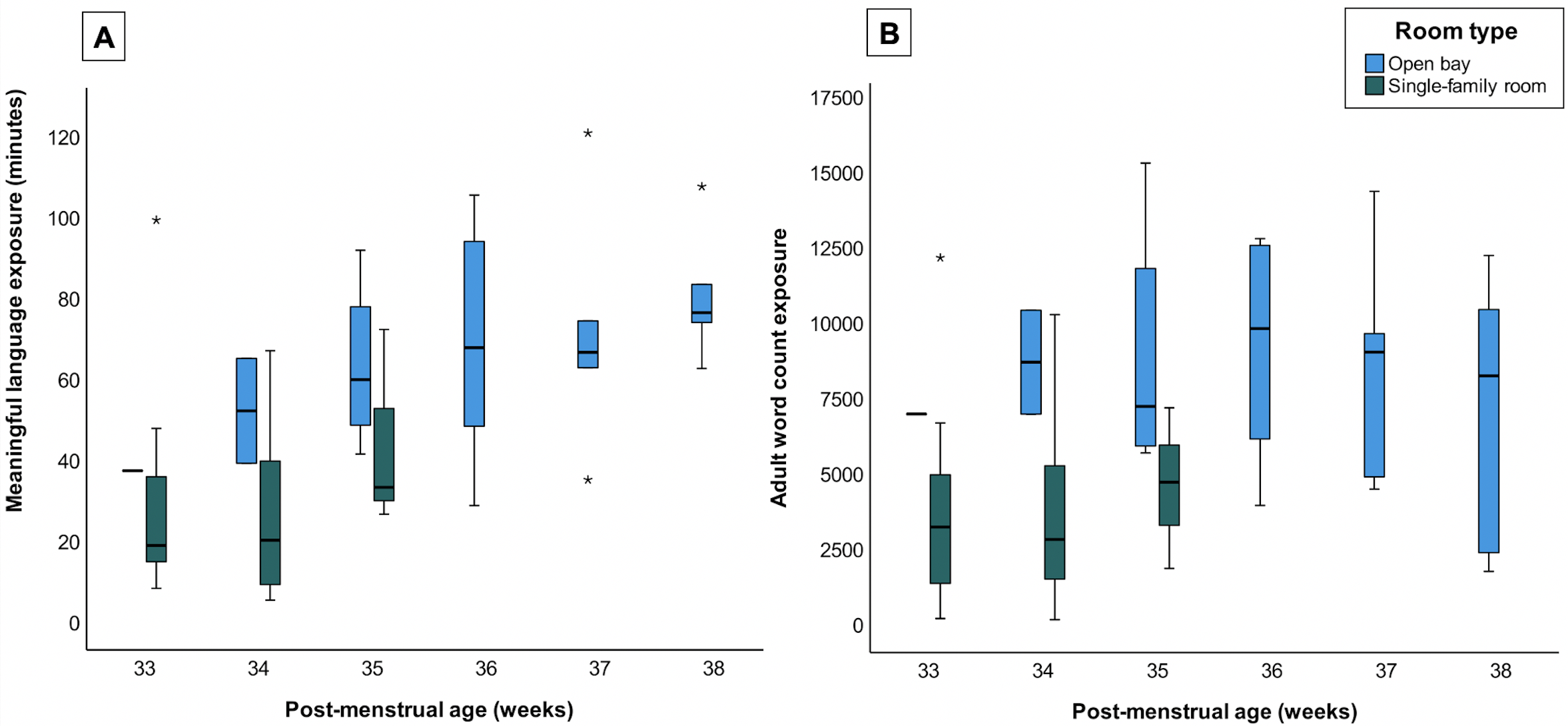Neonatal General
Neonatal General 7: NICU Practices 1
170 - Evolution of the Auditory Environment of Hospitalized Very Preterm Infants in Relation to Room Type and Parental Presence
Sunday, April 30, 2023
3:30 PM - 6:00 PM ET
Poster Number: 170
Publication Number: 170.331
Publication Number: 170.331
Gabriel Cote Corriveau, Department of Pediatric Newborn Medicine, Brigham and Women’s Hospital, Boston, MA, United States; Yasemin Ersen, Department of Pediatric Newborn Medicine, Brigham and Women’s Hospital, Boston, MA, United States; Elizabeth Singh, Brigham and Women's Hospital, Barrington, RI, United States; Yvonne Sheldon, Brigham and Women's Hospital, Boston, MA, United States; Deborah Cuddyer, Brigham and Women's Hospital, Braintree, MA, United States; Tina Steele, Brigham and Women's Hospital, North Billerica, MA, United States; Terrie Inder, Childrens Hospital of Orange County, Irvine, CA, United States; Carmina Erdei, Harvard Medical School, Boston, MA, United States

Gabriel Cote Corriveau, MD
Research Fellow
Department of Pediatric Newborn Medicine, Brigham and Women’s Hospital
Boston, Massachusetts, United States
Presenting Author(s)
Background: Infants born very preterm (VP) undergo critical brain development, including the auditory cortex, while in the neonatal intensive care unit (NICU) before term equivalent age (TEA). The auditory environment appears to enhance brain development with optimal meaningful auditory exposures, while adverse exposure to alarm noises and/or excessive silence may impair cortical development.
Objective: To examine the auditory exposures of infants born VP before TEA and assess how they relate to room type and parental presence.
Design/Methods: This is a prospective study of infants born VP in a level-III NICU. We performed weekly auditory recordings of 16 hours for up to six consecutive weeks using the Language Environment Acquisition (LENA) device. We documented the room type (single-family room, SFR, vs open bay) and parental presence (6 hours or more vs less than 6) at each measurement. We assessed the relationship of auditory components with post-menstrual age (PMA), room type and parental presence using linear and multiple regression analyses.
Results: 40 recordings were obtained from 9 very preterm infants with gestational age < 33 weeks hospitalized in a level-III NICU during a 4-month period. 17 measurements (42%) were performed in a SFR and 21 (52%) while parents were present 6 hours or more. Over 16-hour recordings, the majority of the auditory environment was composed of silence (68.7±13.6%), electronic sounds (8.6±8.6%), and noise (8.4±9.9%), while meaningful (5.2±3.1%) and distant (6.8±6.4%) language represented the minority exposure (Table 1). As PMA increased, there was a rise in exposure to meaningful language (b=0.59, p< 0.001) and a decrease in noise (b=-0.43, p=0.003; Figure 1). The degree of exposure to meaningful language and adult word count (AWC) across PMA appeared lower in SFR in comparison with open bays (Figure 2). Adjusting for PMA, infants in SFR were exposed to less meaningful language (b=-0.34, p=0.05) and AWC (b=-0.51, p=0.01). Higher parental presence was associated with an increased exposure to distant language (b=0.48, p= 0.003).
Conclusion(s): The auditory environment of infants born VP before TEA was predominantly composed of silence or undesirable exposures (alarms and noise). Meaningful language exposures increased as infants advanced in PMA, and in open bays vs SFRs. NICU environmental factors and parental presence may play an important role to optimize infants’ auditory experiences before TEA.
.png)

.png)
